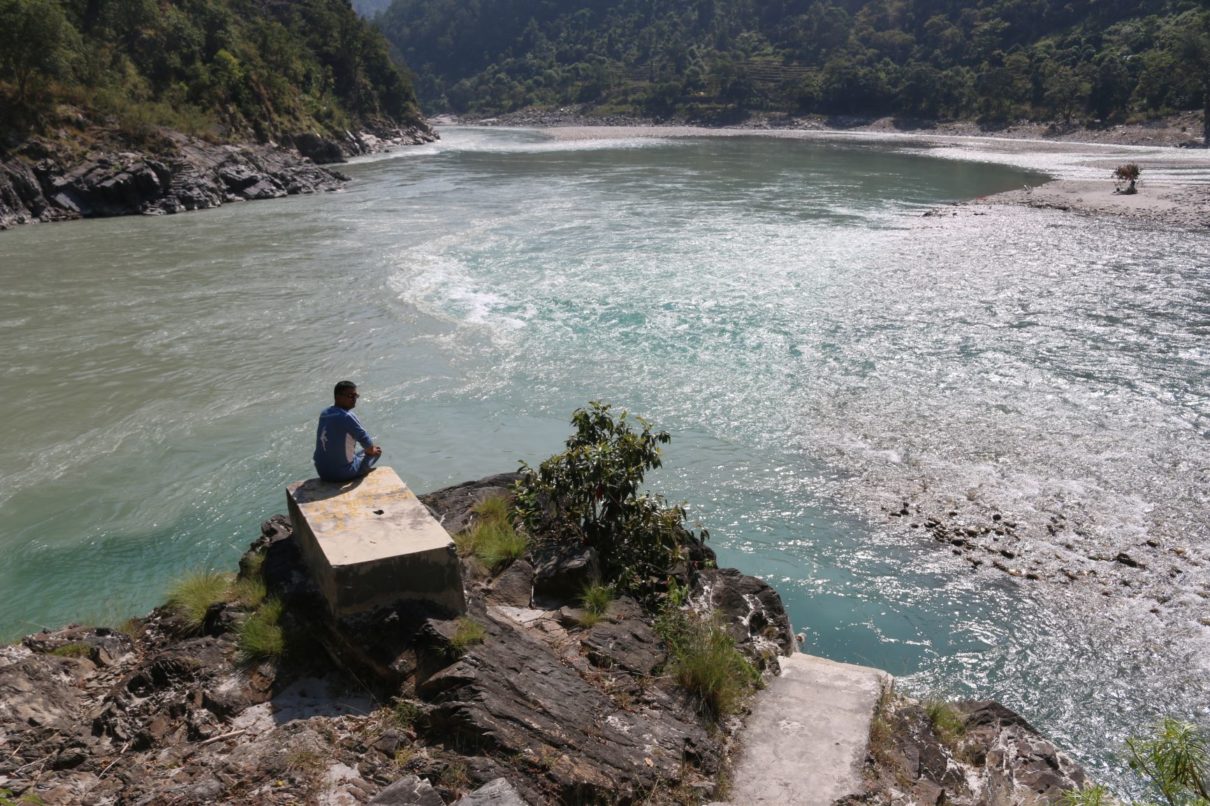Do you stick to a particular theme while writing?
I lean toward poetry, essays, and novels. I’ve also written two fiction novels in Nepali. In most of my works, I try to reflect on Nepali people, culture, and nature. I actually had this idea during my travels to various parts of Nepal, especially Mugu and Karnali. It gave me a new perspective on the diversity on Nepali people and culture. Hataru is one of your most celebrated works. Can you tell us a little about it? In contrast to my previous works, ‘Hataru’ was written with an ambition rather than just out of fascination. This book depicts the folk civilization of the Karnali province a century ago. In this book, a mother tells her child about how she overcame life’s adversities. It was a story I heard from an elderly woman in one of the villages in Karnali. Sunkesa, the protagonist, represents every Nepali woman who has managed to stand strong despite facing everyday difficulties and harassment. For me, Hataru is like a cultural archive of the Karnali province. I collected different stories from villages, experiences of men and women and the culture of that period. From Hataru, people can explore the treasures of Karnali, which, I think, has been neglected in Nepali literature. I stayed in Karnali for three and a half years. I realized that the Damai community has contributed the most to Karnali’s civilization. It took a lot of effort and time to understand every aspect of their culture and traditions. For instance, I spent 12 days trying to record just one song. It’s a song called ‘Karko’, that they sing during funerals. It was hard to document each and every aspect of their culture. But I enjoyed working on this book. Despite the many obstacles, it was worthwhile. What sort of feedback and criticism have you received for your works? I got a lot of recognition because of Hataru. It was written in Dailekh’s local language which used to be spoken a century ago. For instance, in that language, jiya means mother, bauju means father, bu means grandfather and buwa means grandmother. I have incorporated archaic language through all of my characters, which has been criticized by non-native readers. I agree that it’s not a smooth read for everyone. However, Haturu is a valuable resource for folk literature reference and research. What books do you recommend to aspirant readers? Literature that promotes culture is useful for readers in general and can be very helpful in understanding diversity and civilization. They provide in-depth knowledge that motivates you to refute unfavorable viewpoints. There are several amazing works that have promoted the language, history, and folk culture which remains at the top on my reading list. They are ‘Karna’ by Dr. Naba Raj Lamsal and ‘Sumnima’ by BP Koirala. I suggest they start by giving these books a read. Rijal’s picks Sumnima by BP Koirala ‘Sumnima’ is a novel written by BP Koirala. The book was published in 1969 by Sajha Prakashan and it tells the story of a Kirat woman and a Brahmin boy. Koirala wrote the book in eight days during his imprisonment at the Sundarijal jail. Karna by Dr Naba Raj Lamsal ‘Karna’ by Dr Naba Raj Lamsal is one of the books among his three epics—‘Karna’, ‘Dhara’, and ‘Agni’. The epic takes Karna, the sidelined Mahabharata hero, as the central character, and retells the story from a completely different viewpoint.











